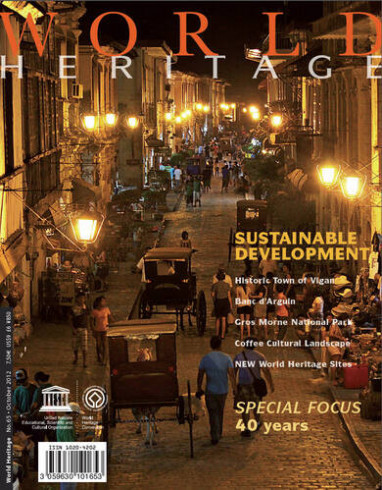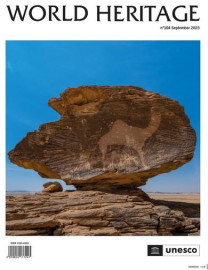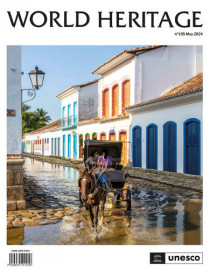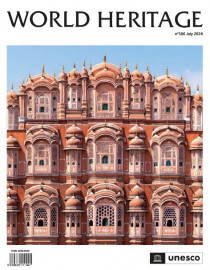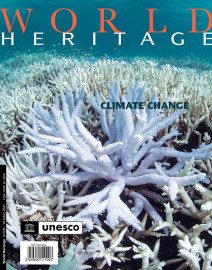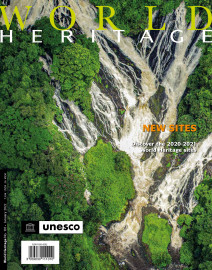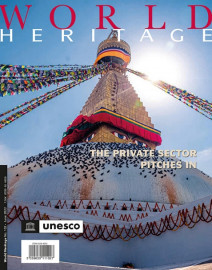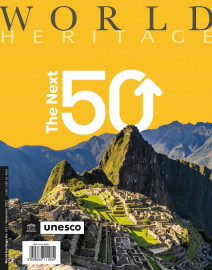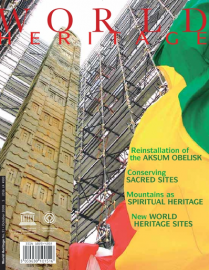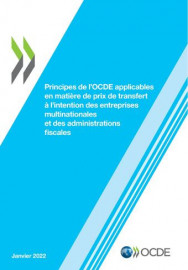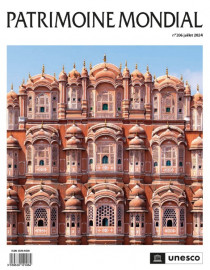DL Services SPRL
Rue Vanderborght 24
1081 Brussels Belgium
info@dl-servi.com
World Heritage Review 65: Sustainable Development
Available
The issues of World Heritage published during 2012 have largely been devoted to commemorating the adoption of the World Heritage Convention forty years ago, in 1972. This has not been a self-congratulatory exercise but rather an analytical survey, which offers some fascinating insights into the unique contribution that the Convention has made and is still making to global well-being.
Such a swift overview of the history of the Convention and of its gradual development may recall those evocative time-lapse film sequences we have all seen, which show a green bud forcing its way out of the ground and swiftly unfolding into an adult plant.
Génération de facture pro forma disponible dans le panier.
World Heritage has become one of the best known and most popular aspects of international action worldwide, and its future development appears all the more important for this reason.
World Heritage sites have become a focus of best practices in many domains, including conservation, sustainability and community involvement.
The initial bud of the Convention was a simple idea: ‘some things are worth preserving forever’. But as it soon appeared, this simplicity was challenging and the very search for objects deserving of protection raised countless fundamental issues that are still being explored and integrated forty years later. In fact the entire history of the Convention could be viewed as the history of a single concept unfolding.
Singularity, uniqueness, universality, interconnectedness and international cooperation have been some of the facets explored over the past few decades, and this exploration has taken the form of an ongoing and transformative dialogue between cultures.
The approach to monuments and natural sites predominant in the early days became mildly but firmly challenged by other cultural approaches and the exchange turned out to be remarkably fruitful. Indeed, the debate within the World Heritage community over the years has hammered out new concepts that have gradually become part of the worldwide intellectual landscape. Sustainable development and community participation are two of these concepts and World Heritage sites may indeed be viewed as laboratories for examining and improving such fundamental undertakings.
Sustainable development and community participation are the focus of the 40th anniversary year, and also of the present issue. In his contribution, Michael Turner explores how sustainability has been present in the daily workings of the Convention throughout the four decades. Articles devoted to individual sites – Gros Morne National Park in Canada, the Coffee Cultural Landscape of Colombia, Banc d’Arguin National Park in Mauritania and the Historic Town of Vigan in the Philippines also stress specific aspects linked to community involvement and sustainable development at these sites. Vigan is very much in the spotlight this year as it has also been selected from twenty-eight sites submitted by twenty-three States Parties for the One-Off Initiative, created by the World Heritage Committee to recognize best practices in World Heritage site management. This recognition will be officially announced on 8 November
2012 at the closing event of the 40th anniversary year in Kyoto (Japan).
In this issue we also present the new sites inscribed on the World Heritage List during the 36th session of the World Heritage Committee in June/July 2012 in Saint Petersburg (Russian Federation). And finally, in Greg Terrill’s article on the highlights of the most recent decade of the Convention, we are reminded that protecting Outstanding Universal Value, while accommodating global shifts in power, is the challenge to be resolved in order to continue the success of the Convention in the future.



